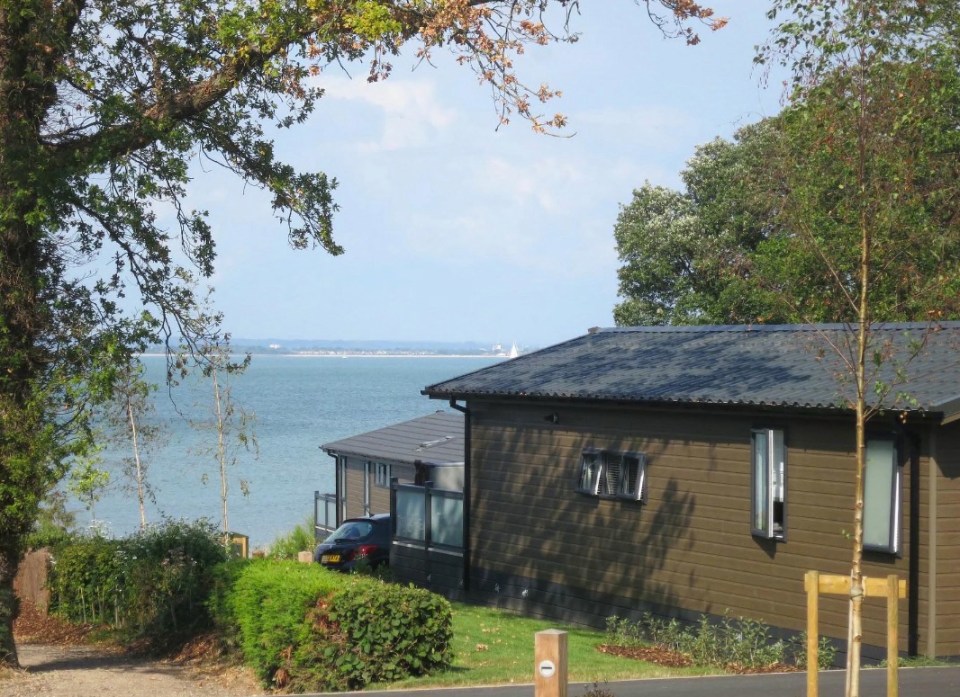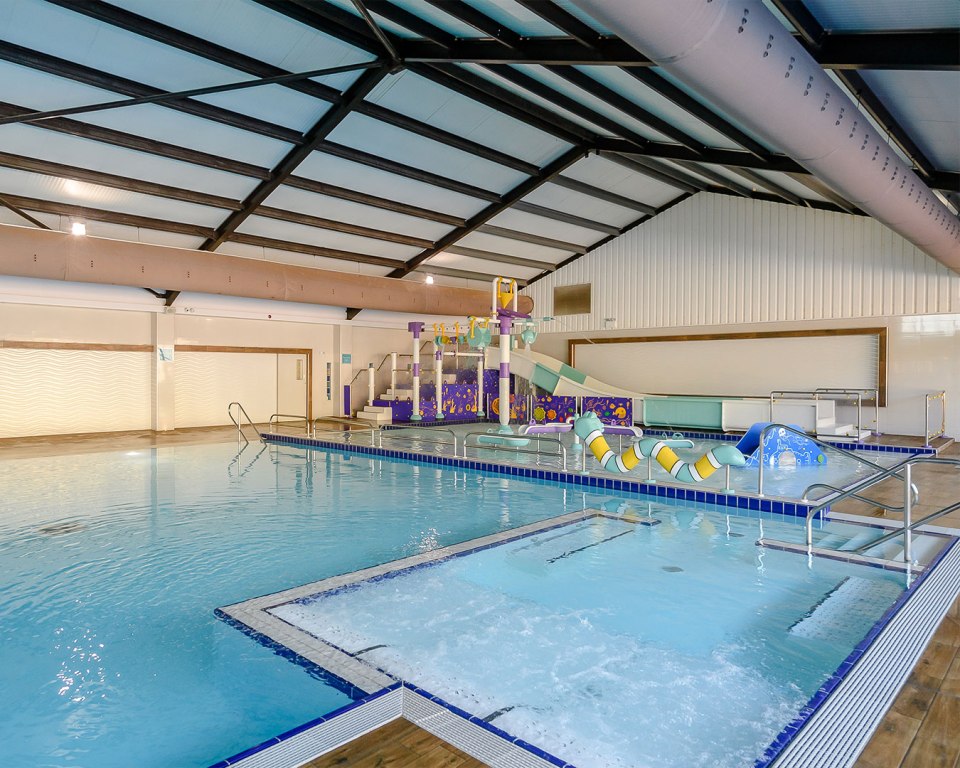US inflation fell to 2.4 per cent in September but still exceeded expectations, cementing expectations that the Federal Reserve will cut interest rates by a quarter point at its next meeting in November.
Thursday’s headline figure from the Bureau of Labor Statistics was below August’s 2.5 per cent annual increase but above economists’ expectations of 2.3 per cent.
The figure, the last before the November 5 presidential election, came after the Fed cut rates by a larger-than-usual half point last month amid signs that it was succeeding in its battle to tame price pressures.
After the release of the inflation data, as well as figures showing a jump in joblessness, investors increased their bets on a quarter-point cut at the November Fed meeting.
Markets were pricing in a roughly 90 per cent chance of such a cut in November following the data, compared with 80 per cent beforehand.
The interest rate-sensitive two-year Treasury yield, which moves inversely to prices, edged 0.03 percentage points lower to 3.98 per cent. The S&P 500 was down 0.3 per cent shortly after Wall Street’s opening bell on Thursday morning.
Thursday’s inflation figure marked the sixth consecutive month the annual headline rate has fallen. However, once volatile items such as food and energy were stripped out, “core” inflation rose faster than expected, up 3.3 per cent in the year to September.
Economists had expected the core rate to remain at August’s 3.2 per cent.
“It’s just evidence that it’s going to be a gradual path from here to get to the Fed’s target,” said Tony Rodriguez, head of fixed income strategy at asset manager Nuveen, referring to the US central bank’s 2 per cent inflation target.
“The easy gains in disinflation are well behind us, and from here, it’s likely to be a little bit bumpier path,” he added.
Jobless claims data on Thursday also exceeded economists’ expectations. The number of Americans filing for unemployment insurance jumped to 258,000, almost 30,000 more than the forecast figure and the highest weekly increase since August 2023.
The latest numbers present a mixed picture of the world’s largest economy just weeks before voting closes.
Vice-president and Democratic nominee Kamala Harris has struggled to overcome voters’ discontent about rising costs in her bid for the White House. Harris has hoped that a more benign economic backdrop of solid growth and falling interest rates will bolster her chances against Republican nominee Donald Trump.
“The [inflation] number might not help the Harris campaign because voters are paying more attention to their personal experience of paying prices that went up but not back down than they pay to numbers from the government,” said Erik Gordon, a professor at the University of Michigan’s Ross School of Business.
But Lael Brainard, director of the White House National Economic Council, said Thursday’s figures were in line with the trend that prevailed before the Covid-19 pandemic and the war in Ukraine pushed up inflation, and showed continued progress in getting costs under control.
US central bankers will also be scrutinising the data as they wrestle with how quickly to lower interest rates to a “neutral” level that no longer inhibits economic growth.
Month-on-month headline inflation remained at 0.2 per cent for September, the same figure as the previous two months, overwhelmingly because of price rises for food and housing.
However, energy prices fell 1.9 per cent during the month.
Seamus Mac Gorain, global head of rates at JPMorgan Asset Management, argued that reducing housing-related “shelter” inflation was vital if the Fed was to return inflation to its target.
While rental costs have been falling in the US for roughly a year, the Bureau of Labor Statistics’ overall “shelter” index has continued to rise, though in September it increased just 0.2 per cent, compared with 0.5 per cent the previous month.
The decline in inflation from its 2022 peak of 9.1 per cent has so far not triggered a significant weakening of the labour market, surprising many economists.
Last week’s US jobs report showed that businesses added 254,000 positions in September, far outstripping expectations. The unemployment rate fell to 4.1 per cent after several months of increases.
New York Fed president John Williams told the Financial Times this week that monetary policy was “well positioned” to pull off a so-called soft landing following the half-point cut, as inflation eased and the economy kept growing.
Williams said Fed officials’ projections released last month, which indicated a half-point worth of cuts to come over the two remaining meetings this year, were a “very good base case”.
Chair Jay Powell recently suggested such a reduction would be delivered through two quarter-point cuts rather than another half-point move.
























 When selecting platforms, advisers have to reconcile two opposing interests – the needs of the client and the needs of the firm.
When selecting platforms, advisers have to reconcile two opposing interests – the needs of the client and the needs of the firm.


































































































































You must be logged in to post a comment Login